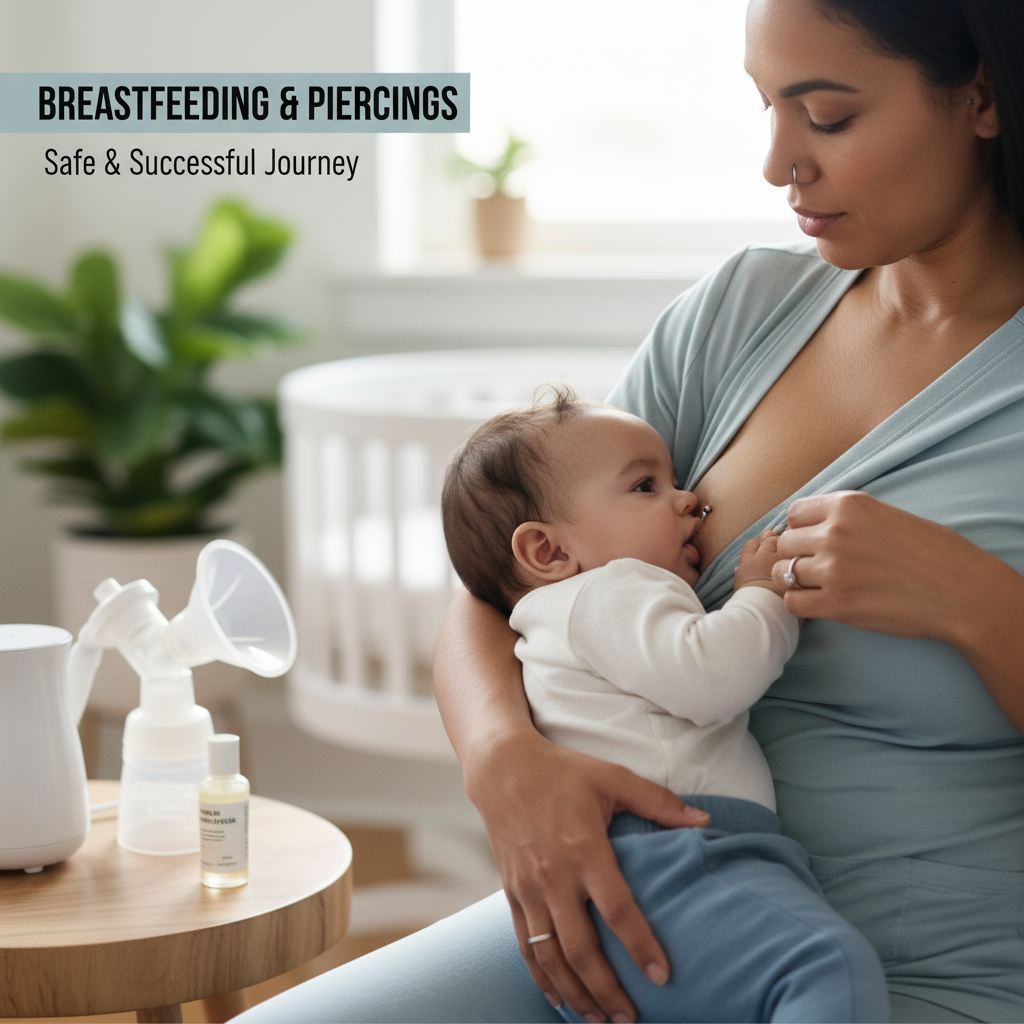
Managing Engorgement: Comfort Measures & Prevention Strategies for Breastfeeding Mothers
For breastfeeding mothers (new or experienced) who're waking up with painfully full, sore breasts and wondering what to do right now — this guide is for you. You're frustrated by leaking, blocked ducts, or a sudden drop or surge in milk supply; you're worried about nursing pain, or that engorgement will derail breastfeeding altogether. Our lactation team helps hundreds of families manage engorgement with evidence-based comfort measures and practical prevention strategies (we'll walk you through what to try now, what to avoid, and when to get help).
What is breast engorgement and why does it happen?
Short answer: engorgement is when breasts become overly full with milk, fluid and increased blood flow, causing them to feel hard, heavy and often painful. It commonly happens in the first week after birth (around day 3–5), when milk "comes in" — but it can show up later if feeding or pumping patterns change.
Causes include:
- Infrequent or skipped feeds (or long gaps between pump sessions)
- Poor latch or ineffective milk removal (baby isn't draining the breast). Learn more about poor latch.
- A sudden decrease in demand (baby sleeping longer, returning to work, or abrupt weaning)
- Over-supply or mismanaged pumping (pumping more than baby needs)
How can I relieve engorgement right now?
If you need relief fast, try this order (it works for many people):
- Breastfeed first: Nurse baby at the first sign of fullness — even if it's uncomfortable. Nursing is the most effective way to empty the breast. Offer the most full side first and let baby feed as long as needed (cluster feedings help).
- Use warm compresses before feeding: Apply a warm flannel or take a warm shower for 5–10 minutes to soften the breast and encourage let-down (this often helps baby latch better).
- Hand expression or gentle pumping after feeding: Express just enough to soften the breast (not to empty completely) — about 1–2 minutes per breast is often enough. Why? Because fully emptying can trigger overproduction if you do it too often.
- Cold packs after feeding: Ice or a cold pack for 10–15 minutes reduces pain and swelling (wrap cloth around ice — don't apply directly to skin).
- Gentle massage and positioning: Massage from the chest wall toward the nipple while baby nurses (or while hand expressing) — small circular motions help move milk and break up soft lumps.
- Supportive bra (but not too tight): Wear a well-fitting bra that supports without compressing the breasts (avoid tight sports bras that can trap milk).
- Pain relief for comfort: If you can take acetaminophen or ibuprofen, they often reduce pain and inflammation (follow dosing guidance or check with your provider).
When nursing is painful
Short, honest note: nursing can hurt with engorgement. But it shouldn't be excruciating. If baby can't latch because the breast is too hard, express until it's softened, then try again. If latch problems persist, get hands-on help — a lactation consultant can show different holds (football hold, laid-back nursing) that often solve the problem fast.
How do I prevent engorgement and protect milk supply?
Prevention is mostly about regular, effective milk removal and predictable demand. Try these practical steps:

- Feed often in the early days: Aim for 8–12 feeds per 24 hours (this establishes supply reliably — yes, it's demanding, but it pays off).
- Empty the breast when feeding: Let baby finish one side before switching (or pump a little after) so the breast gets drained.
- Create a pumping plan if separated from baby: Pump at the same frequency baby would feed (including once overnight in the early weeks) to keep supply steady.
- Avoid sudden weaning: Gradual weaning (drop one feeding every 3–4 days) reduces engorgement risk. If you need to stop quickly, express small amounts just to comfort — don't fully empty the breast.
- Watch for early signs: If one area feels hard and tender, take action (massage, warmth, nurse more on that side) — early response often prevents blocked ducts or mastitis.
How long does engorgement last?
Usually 24–72 hours with consistent milk removal and comfort measures. From what I've seen, most people notice major improvement within 48 hours if they feed frequently and use warm compresses before feeding and cold after. But if engorgement persists beyond 72 hours or if you develop fever, red streaks, or intense localized pain, get medical evaluation — it could be mastitis.
When should I contact a lactation consultant or provider?
- If you can't get baby to latch after softening the breast
- If you have a fever over 101°F (38.3°C), flu-like symptoms, or a red, hot area on the breast
- If the pain is severe or engorgement doesn't ease in 72 hours
- If you're confused about pumping schedules, supply concerns, or sudden changes in milk production
Our team can do a quick assessment (often virtually), show you positioning and hand-expression techniques, and create a pumping plan that protects your milk supply while relieving pain — we'll also help you avoid pitfalls that can cause re-engorgement.

Practical tips checklist — quick wins
- Warm shower 5–10 minutes before feeding; massage toward nipple
- Offer the fuller breast first; nurse until baby naturally releases
- Express a small amount after feeding if breasts still feel full
- Ice 10–15 minutes after feeding for soreness
- Wear a supportive bra, not overly tight
- Keep hydrated and rest when you can (I know — it's tough, but it helps)
FAQ
Can pumping cause engorgement?
Pumping itself doesn't cause engorgement if you match the pump schedule to baby’s needs. But over-pumping (long sessions or extra sessions) can increase supply and lead to engorgement if the baby doesn’t actually need that amount. Pump to maintain supply, not to empty breasts completely every time.
How long should engorgement pain last?
Most people feel markedly better in 24–72 hours with proper milk removal and comfort care. If pain or hardness persists beyond 72 hours, or you have fever/redness, contact your provider.
Is it safe to take pain meds while breastfeeding?
Yes — acetaminophen and ibuprofen are commonly used and considered safe for breastfeeding mothers at recommended doses. Ask your clinician if you have specific health conditions or medications that complicate this.
Will engorgement affect my milk supply long-term?
Usually no. If you treat engorgement promptly (frequent feeding, gentle expression) you protect supply. Overcorrection (aggressive pumping to empty the breast repeatedly) can increase supply, so balance is key.
What if I get a clogged duct or mastitis?
Clogged ducts often feel like a localized lump and usually resolve with frequent nursing, massage, and heat. Mastitis includes fever, chills, and a red, painful area — you may need antibiotics. Reach out for help early — infections respond well when treated quickly.




